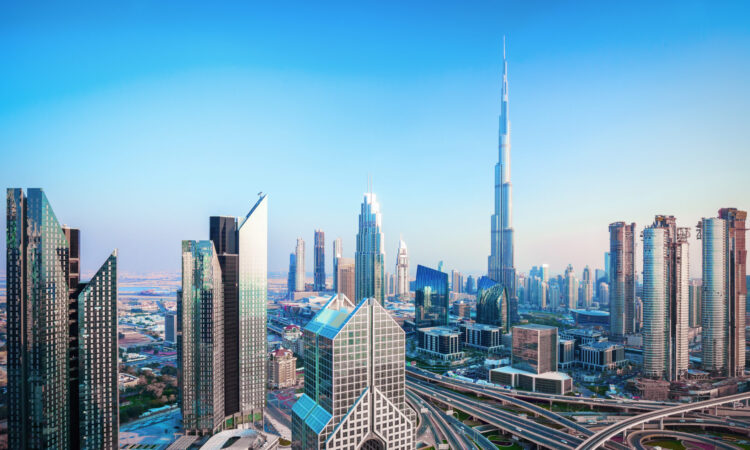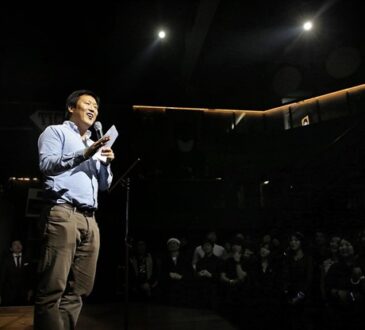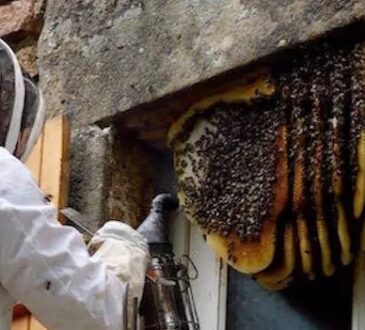
The United Arab Emirates has been one of the most successful countries in terms of economic diversification カヴァン・ チョクシ. However, the state of the UAE economy is still vulnerable.
What Are the Key Sectors of the UAE Economy Currently?
Oil accounts for around 35 % of its GDP, 90 % of its exports, and over 90% government revenue.
The UAE holds around 7 % of global oil reserves. It is the second-largest exporter in OPEC (after Saudi Arabia) and 13th in the world, with more than 3 million barrels per day exported to 80 countries worldwide. However, the UAE’s oil production is decreasing due to growing domestic consumption, so it will continue to rely on gas exports in the future.
Dubai has one of the busiest ports in the region and is considered one of the most important transport hubs in west Asia by the volume of containers passing through its terminals. It contributes 28% of UAE’s GDP, with foreign trade representing almost 70 % of its total.
How Has the Diversification of UAE Economy Helped?
The diversification of the UAE economy has helped to reduce its vulnerability to oil price fluctuations. The state has invested heavily in non-oil sectors, particularly tourism, construction, and real estate.
Dubai’s success is largely due to its economic policy towards foreign investors, contributing significantly to its rapid development. Dubai International Financial Centre (DIFC) is one of the region’s most important financial hubs, with over 100 international banks.
The UAE has ambitious plans to diversify its economy. The Economic Vision 2030 aims to turn Dubai into a metropolitan area where people live and work environmentally friendly. It promotes the development of non–oil sectors such as industry, tourism, and logistics.
Why Are These Sectors So Important to UAE Economy?
Tourism is a key sector for the future of the economy. It accounts for 4 % of GDP, and it aims to attract 20 million visitors per year by 2020, with a target of 77 million in 2030. As a result, the government has invested heavily in infrastructure projects to improve transport, hospitality, leisure, and real estate.
The construction sector accounts for around 13% of the economy, with over 100 000 companies in the Emirate. Dubai is home to remarkable projects such as Burj Khalifa (the world’s tallest building), Palm Islands, The World Islands, Jumeirah outside terraces, and Business Bay. In 2015 alone, the Emirate has attracted $220 billion of foreign investments.
The real estate sector accounts for 20 % of UAE GDP, with an average per square foot nearing $4 000. Home to Dubai Properties Group, Emaar Properties is one of the most important companies in this market.
Why Is This Economy Vulnerable?
Dubai is the largest economy in UAE, but it is exposed to external shocks. The Emirate has seen its economic growth rate plummet from 6 % in 2009 to 0.1% in 2016 – according to IMF estimates – due to low oil prices and a slowdown in the tourism sector. On the other hand, Abu Dhabi’s economy is less exposed to oil fluctuations since it depends less on the industry.
Conclusion
The UAE economy is booming, but it is still vulnerable. Abu Dhabi is well-diversified, but it is still at risk if there is a downturn in the global economy.




